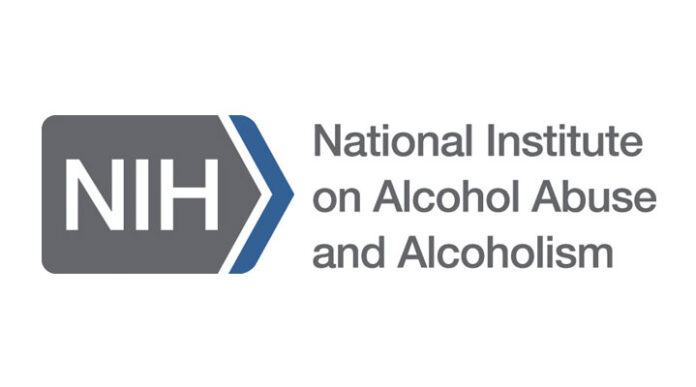Researchers at the National Institute on Alcohol Abuse and Alcoholism (NIAAA) used the national death certificate database to assess changes in alcohol-related deaths during the first year of the pandemic. The results, published in JAMA, show that after increasing around 2.2% per year over the previous two decades, deaths involving alcohol jumped 25.5% between 2019 to 2020, totaling 99,107 deaths.1
The study showed that alcohol-associated liver disease deaths increased 22.4% (from 24,110 to 29,509) with the largest change occurring among people ages 25 to 44. The number of deaths involving a combination of alcohol and opioids increased by 40.8% (from 8,503 to 11,969), with deaths involving alcohol and synthetic opioids (e.g., fentanyl) increasing by 59.2% (from 6,302 to 10,032).1
Reasons for the unprecedented increase in alcohol-related deaths during the first year of the pandemic are still being explored. In 2020, the first year of the pandemic, sales of alcohol increased by 2.9%, the largest annual increase in over 50 years.2 For those who were drinking more during the pandemic, research suggests that stress, anxiety, and previous alcohol misuse are contributing factors.3,4,5,6
The increase in alcohol-related deaths appears to reflect a widespread increase in alcohol consumption and related harms. For example, research suggests that increased alcohol consumption during the pandemic has been associated with negative health outcomes such as increases in transplants for alcohol-associated liver disease,7 emergency department visits for alcohol withdrawal,8 and the percentage of emergency department visits that involved acute alcohol consumption.9 Additionally, the National Highway Traffic Safety Administration reported a 14% increase in alcohol-related traffic fatalities in 2020 after decades of general decline.10
Researchers noted that deaths involving alcohol reflect hidden tolls of the pandemic. Increased drinking to cope with pandemic-related stressors, shifting alcohol policies, and disrupted treatment access are all possible contributing factors.
For more information, visit https://www.niaaa.nih.gov/



